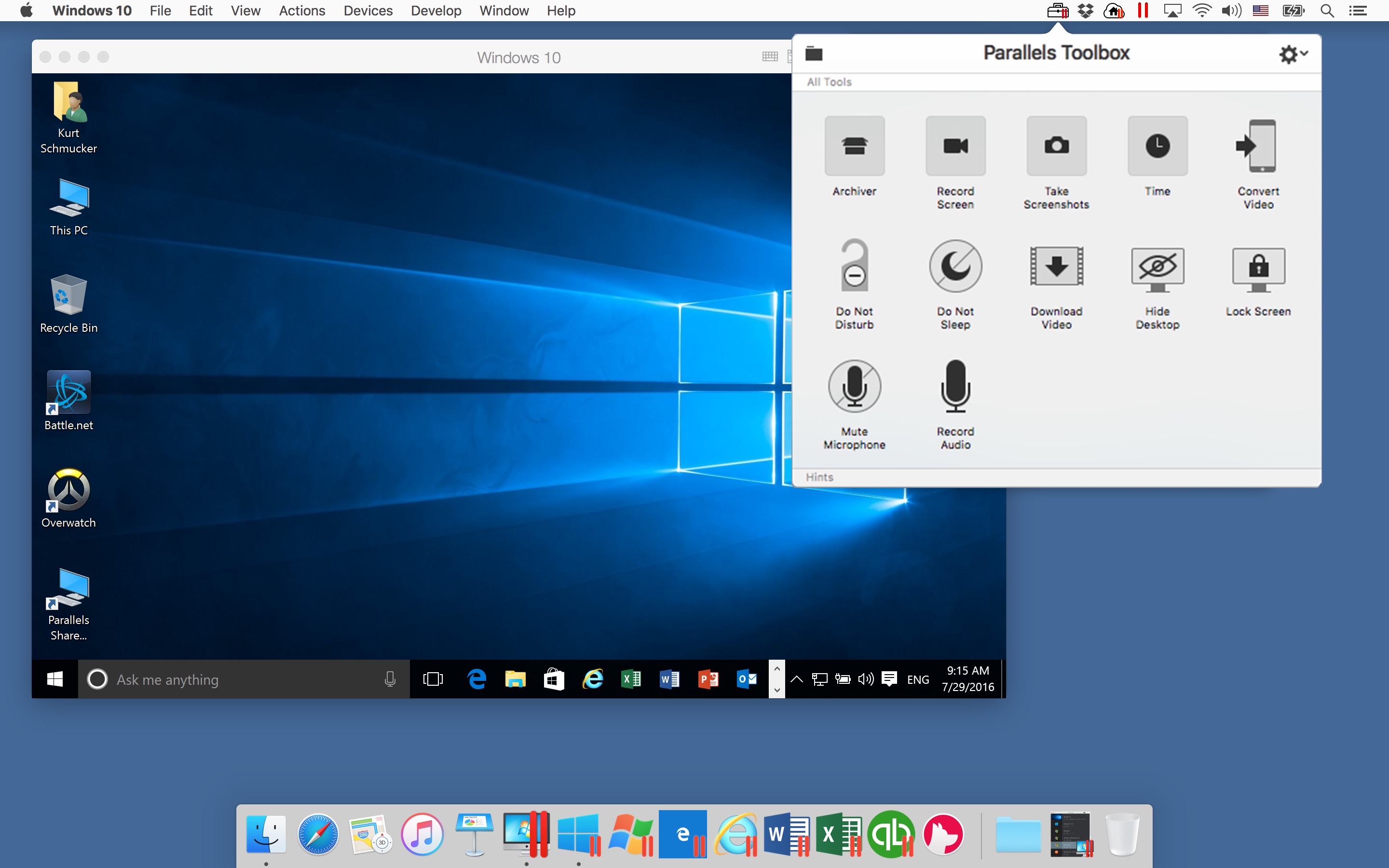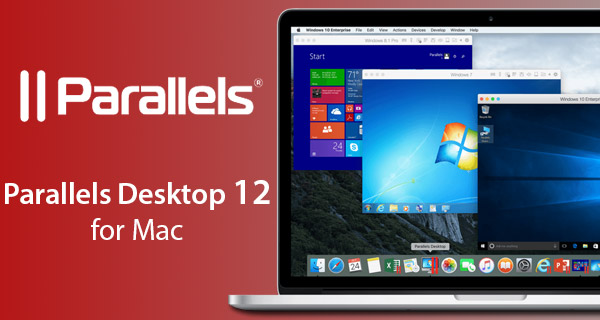- Parallels Desktop For Mac Torrent
- Parallels Desktop For Mac 4.40 Upgrade Internet
- Parallels Desktop For Mac
- Parallels Desktop For Mac 4.40 Upgrade Movie

Parallels on Tuesday unveiled Parallels Desktop for Mac 4.0, the next major version of the company’s virtualization platform for Intel-based Macs. The new version introduces over 50 features and enhancements, including the ability to run Leopard Server in a virtual machine.
- Parallels Desktop 12 and 13 perpetual license customers can upgrade to Parallels Desktop 14 for US$49.99, or upgrade to a Parallels Desktop for Mac Pro Edition subscription for US$49.99 per year.
- Parallels Desktop 14 is the flagship consumer product from Parallels and is available via free trial or to purchase new for $80 or as an upgrade for $50. See at Parallels macOS.
- Update, Aug 23: Parallels 12 and the free trial is now available to all.We’ve also started announcing our giveaway winners below. Parallels Desktop for Mac, the popular software that lets you.
Improvements in the new version include speed boosts that the company says are up to 50 percent faster than the previous version of Parallels. In fact, making the application faster was one of the most requested features from its users and something the company focused a significant amount of time doing.
New features like the Adaptive Hypervisor allow Parallels to intelligently load balance the processes between the Mac OS and Virtual Machine. The virtualization engine itself has also been reworked to consume 15-30 percent less resources than it did before.
Parallels Desktop 14.0.1 - Run Windows apps without rebooting. Download the latest versions of the best Mac apps at safe and trusted MacUpdate Download, install,. Parallels Desktop for Mac is the first solution that gives Apple users the ability to run Windows, Linux or any other operating system and their critical applications at the same time as Mac OS X on any Intel-powered iMac, Mac Mini, MacBook or MacBook Pro. Parallels Desktop is the best way to run Windows on your Mac. It offers lots of flexibility when it comes to which operating systems it can run and it offers a customizable experience to make it your own.
Graphics performance has been improved with added support for support for DirectX 9, DirectX Pixel Shader 2.0 and OpenGL 2.0.
To check for updates, click on the Parallels Desktop menu on Mac menu bar and select Check for Updates: If an update for your Parallels Desktop version is available, you will see the option to download and install it.
Further improving the speed of Parallels, users can now dedicate eight CPUs and 8GB RAM to each virtual machine. Of course, the amount of resources that you can give to each virtual machine depends on the amount of physical resources you have available.
A new viewing mode called Modality allows users to set the transparency of the guest operating system, so you can view the activity of a virtual machine while in the background. Coherence has been updated as well. Now when you switch to Coherence, the Windows taskbar items move to the Mac’s menubar, so you always have access to them.
Parallels Desktop For Mac Torrent
Virtual machines can now be started in Safe Mode. Everything will run exactly the same as it would if you started the machine normally except the changes you make while running in Safe Mode are not saved. This is handy if you are running beta software and something goes wrong. If everything worked okay, you do have the option of saving the changes when you stop the virtual machine and exit Safe Mode.
Parallels Desktop 4.0 for Mac is available immediately and costs $79.99. Current Parallels Desktop users can upgrade their existing software for $39.99. Users that purchased version 3.0 on or after September 1, 2008, qualify for a free upgrade to version 4.0.


reader comments
with 0 posters participatingStiff competition
It was only a couple months ago that we reviewed Parallels Desktop's main competitor, VMware 2.0, and it's definitely no coincidence that a new version of Parallels Desktop has launched so closely on the heels of its Mac virtualization rival. Competition between VMware and Parallels is fierce, and each of the two programs is very visibly trying to catch up and surpass the other in features and performance. From early on, Parallels has been the leader in desktop integration, and Parallels' Coherence mode—which lets you use Windows applications seamlessly in the OS X interface—makes so much sense that you would have to copy it to compete at usability. So VMware 2.0 did copy coherence mode, and it also managed to open up a lead by adding multi-core CPU and 64-bit client OS support. The new Parallels Desktop 4.0 is clearly designed to close that gap by adding:
- 64-bit guest OS support
- Support for up to 8 GB of RAM for VM client OSes
- Support for up to 8-way SMP for multicore CPUs
The most interesting thing about Parallels' multi-core implementation is that it correctly shows CPU cores as cores in the client OS, whereas VMware shows the cores as individual CPUs. This is significant because non-server distributions of Windows don't allow for more than two CPUs to be used. The result is that a VMware 2.0 virtual machine only accesses more than two CPUs under Windows if it's using an expensive server-grade version of Microsoft's OS. If you have a Mac Pro and you're looking for maximum performance out of your virtualized Windows install, this is an important distinction. But it's not all good news for Parallels users looking to make the jump to the next level.
Even after Parallels released a second build (3540) of Parallels Desktop 4.0 shortly after the launch, a release that was aimed at addressing a number of problems with the 4.0 gold version, the software still has many officially acknowledged issues that need addressing. Are these problems bad enough for you to steer clear of 4.0? Let's take a look.
Pricing
- New: $79.99
- Upgrade: $39.99
Parallels Desktop For Mac 4.40 Upgrade Internet
System Requirements
- Processor: Intel-based Mac required
- Memory: 1 GB of RAM (2GB recommended to run Windows Vista)
- Storage: 450 MB of hard drive space for Parallels Desktop Installation, plus space to allocate to your virtual machine
- Operating system: Mac OS X 10.411 or later (including Mac OS X Leopard)
Test hardware
- Mobile:
- MacBook Pro Core 2 Duo 2.4 GHz
- 4 GB RAM
- NVIDIA 8600M 256 MB
- OS X 10.5.5
- Desktop:
- Mac Pro Xeon Core 2 Duo (4-core) 2.66 GHz
- 7 GB RAM
- NVIDIA 7300 GT
- OS X 10.5.5
Test software
- Parallels Desktop 4.0 build 3540
- VMware Fusion 2.0.1
- Windows XP Pro 32-bit SP3
- Windows Vista 64-bit SP1
- Ubuntu 8.10 Desktop 64-bit
- Mac OS X Server 10.5.5
Parallels Desktop For Mac
Getting Started
Parallels' New Virtual Machine Assistant hasn't changed much in version 4. It still does a great job of guessing what the operating system is by the installer disk, and it handles automated installs as well as it used to. However, it does need more options—there isn't an option to pick how many CPUs or how much RAM you want for the VM at install time. If you want to set those, you have to stop the install assistant after creating the VM file but before launching the OS installer, or you can do it after booting into the VM, which will force a restart. The latter is less convenient, but, given the problems that I saw with the Leopard Server installation, it's more stable than setting it afterward. Maybe that's why it was left out of the assistant.
Another slightly annoying thing about version 4.0 is that it boots into Coherence Mode with desktop mirroring on by default. While seasoned Parallels users will know what's going on when they see this, it will probably be very confusing for new users who may look for a Windows desktop but see only a taskbar at the bottom of their screen. Desktop mirroring causes problems with certain software, in my experience, so that's another good reason for it to be off by default.
VM Updates: cross your fingers, it could be a bumpy ride. If you're a Parallels Desktop 3 user, you have to upgrade your existing VM(s) before you can get up and running with version 4. You might want to create a backup copy of your VM files, since the upgrade process has been a bit of a mess for a lot of people (but less so with the newer build). Stories of unusable or disappearing VMs are not unheard of. Also, prepare yourself for a good wait as VM upgrades are slow; it took about an hour to upgrade my very basic XP VM, and reports of three-hour VM upgrades are common.
Parallels Desktop For Mac 4.40 Upgrade Movie
If you can, I would recommend just doing a fresh install, because new VMs are less prone to virtual barnacles from what I've seen; it makes the setup process faster, to boot (I apologize for that pun).